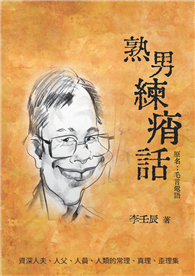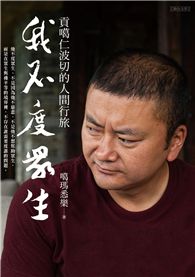An increasing number of students graduate from U.S. high schools and enter college while still in the process of learning English. This group--the "1.5 generation"--consisting of immigrants and U.S. residents born abroad as well as indigenous language minority groups, is rapidly becoming a major constituency in college writing programs. These students defy the existing categories in most college writing programs, and in the research literature. Experienced in American culture and schooling, they have characteristics and needs distinct from the international students who have been the subject of most research and literature on ESL writing. Furthermore, in studies of mainstream college composition, basic writing, and diversity, these students' status as second-language learners is usually left unaddressed or even misconstrued as underpreparation. Nevertheless, research and pedagogical writings have yet to take up the particular issues entailed in teaching composition to this student population. The intent in this volume is to bridge this gap and to initiate a dialogue on the linguistic, cultural, and ethical issues that attend teaching college writing to U.S.-educated linguistically diverse students.
This book is the first to address explicitly issues in the instruction of "1.5 generation" college writers. From urban New York City to midwestern land grant universities to the Pacific Rim, experienced educators and researchers discuss a variety of contexts, populations, programs, and perspectives. The 12 chapters in this collection, authored by prominent authorities in non-native language writing, are research based and conceptual, providing a research-based survey of who the students are, their backgrounds and needs, and how they are placed and instructed in a variety of settings. The authors frame issues, raise questions, and provide portraits of language minority students and the classrooms and programs that serve them. Together, the pieces paint the landscape of college writing instruction for 1.5 generation students and explore the issues faced by ESL and college writing programs in providing appropriate writing instruction to second-language learners arriving from U.S. high schools. This book serves not only to articulate an issue and set an agenda for further research and discussion, but also to suggest paths toward linguistic and cultural sensitivity in any writing classroom. It is thought-provoking reading for college administrators, writing teachers, and scholars and students of first- and second-language composition.| FindBook |
有 1 項符合
Generation 1.5 Meets College Composition: Issues in the Teaching of Writing to U.S.-Educated Learners of Esl的圖書 |
 |
Generation 1.5 Meets College Composition: Issues in the Teaching of Writing to U.S.-Educated Learners of ESL 作者:Harklau,Linda(EDT)/Losey,Kay M.(EDT)/Siegal,Meryl(EDT) 出版社:Routledge 出版日期:1999-05-01 語言:英文 規格:平裝 / 256頁 / 22.9 x 15.2 x 1.3 cm / 普通級 |
| 圖書館借閱 |
| 國家圖書館 | 全國圖書書目資訊網 | 國立公共資訊圖書館 | 電子書服務平台 | MetaCat 跨館整合查詢 |
| 臺北市立圖書館 | 新北市立圖書館 | 基隆市公共圖書館 | 桃園市立圖書館 | 新竹縣公共圖書館 |
| 苗栗縣立圖書館 | 臺中市立圖書館 | 彰化縣公共圖書館 | 南投縣文化局 | 雲林縣公共圖書館 |
| 嘉義縣圖書館 | 臺南市立圖書館 | 高雄市立圖書館 | 屏東縣公共圖書館 | 宜蘭縣公共圖書館 |
| 花蓮縣文化局 | 臺東縣文化處 |
|
|
圖書介紹 - 資料來源:博客來 評分:
圖書名稱:Generation 1.5 Meets College Composition: Issues in the Teaching of Writing to U.S.-Educated Learners of Esl
|











